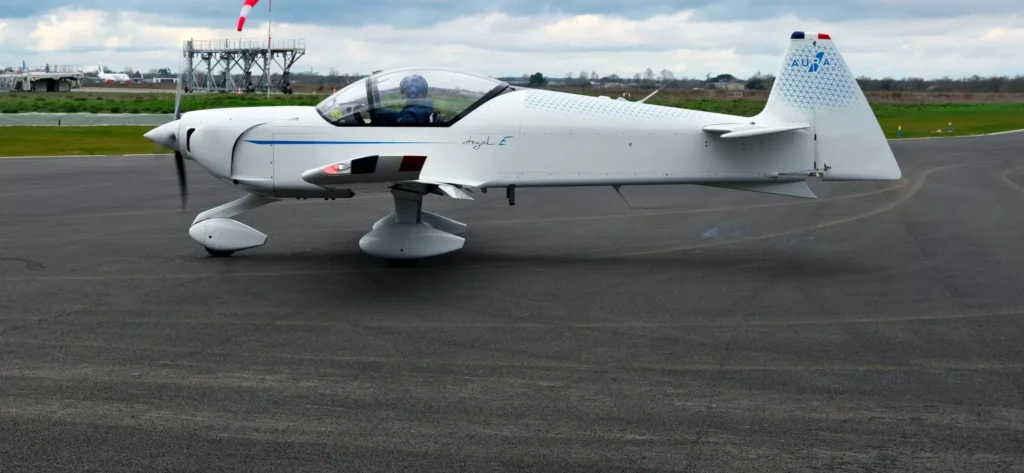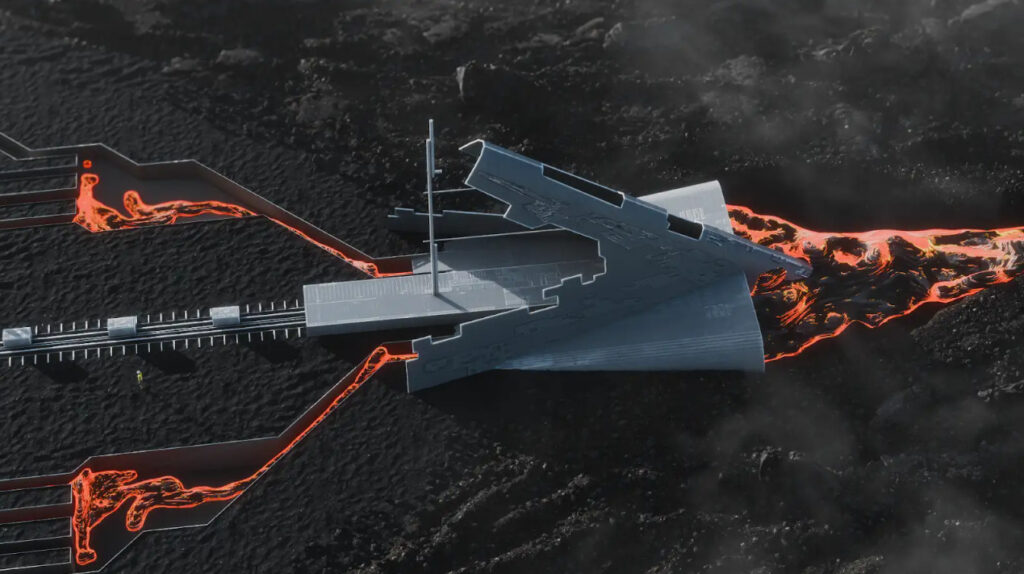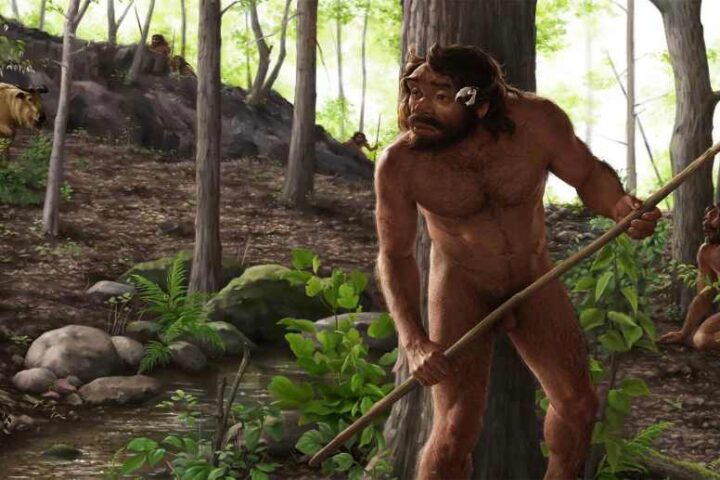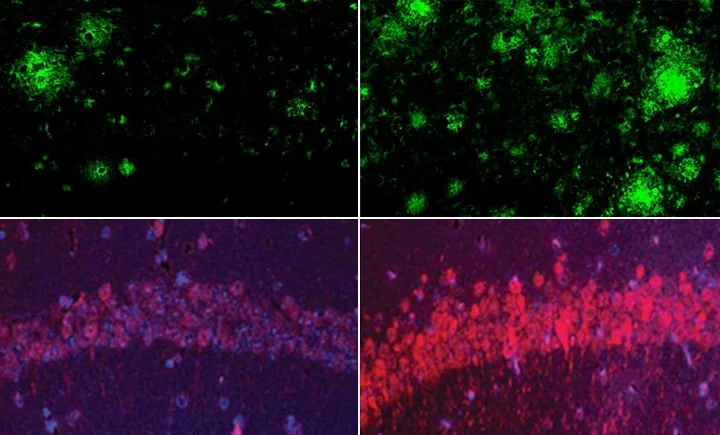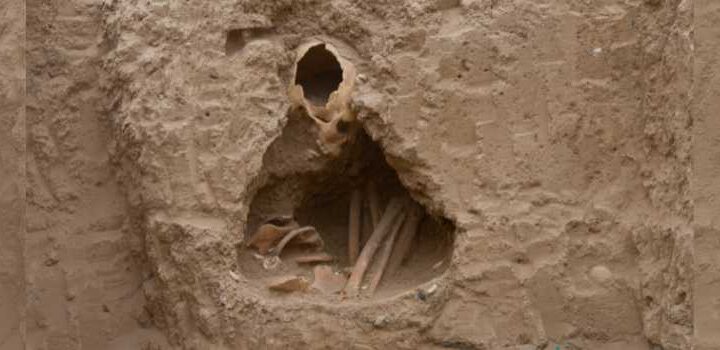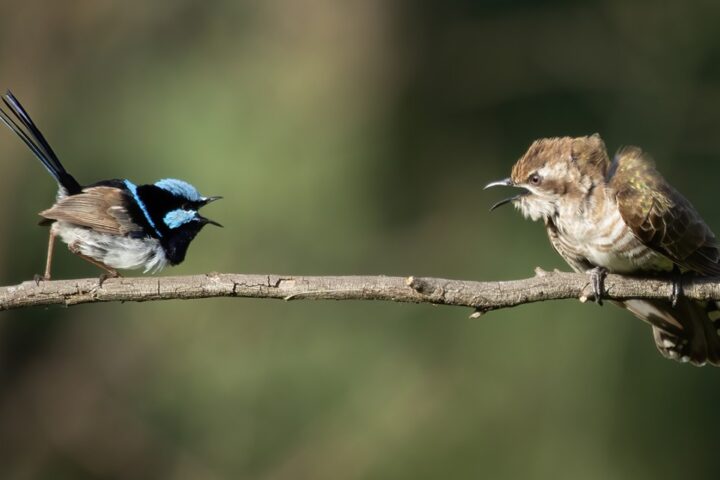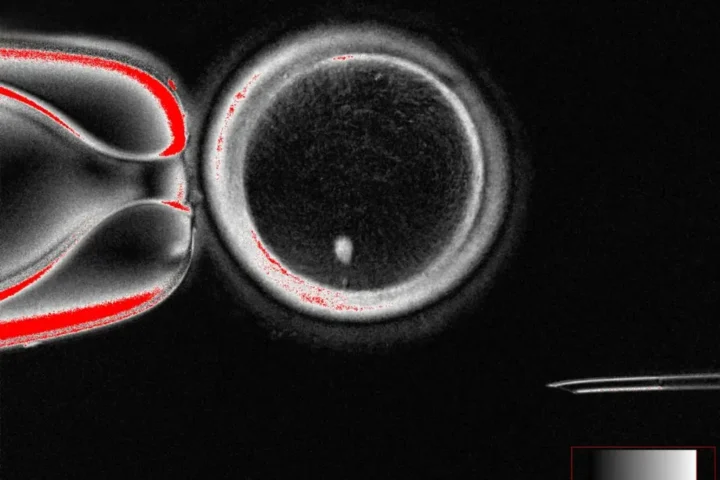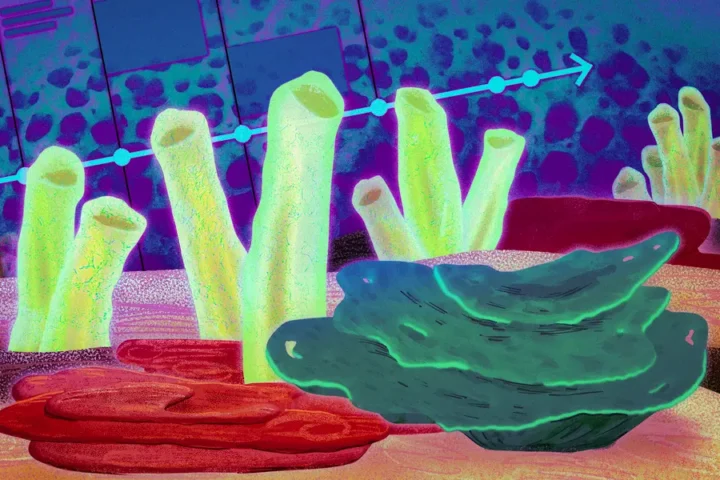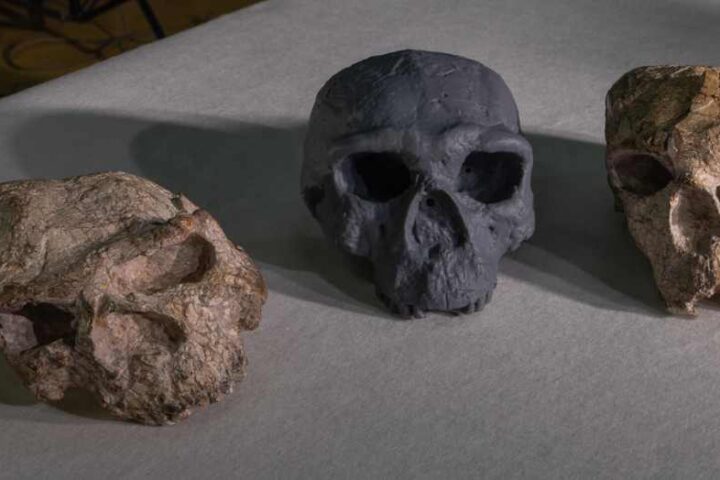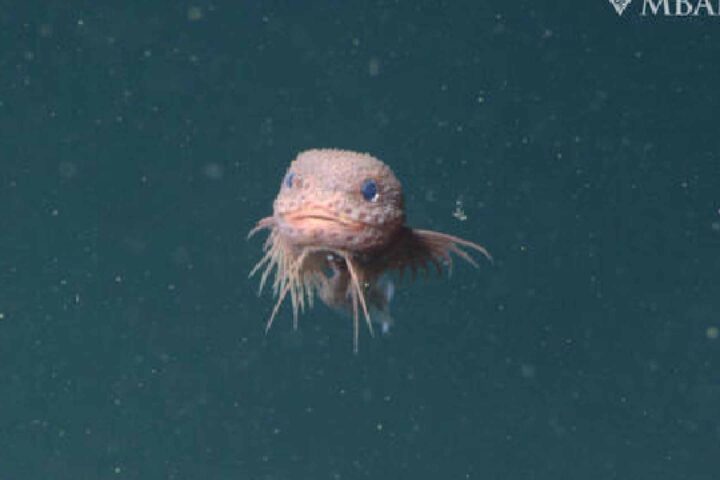In southern India, a giant cobra has captured scientists’ attention. Although it was known, the results of the discovery are now published in the European Journal of Taxonomy, revealing that it is a never-before-seen species, according to the study published on October 16.
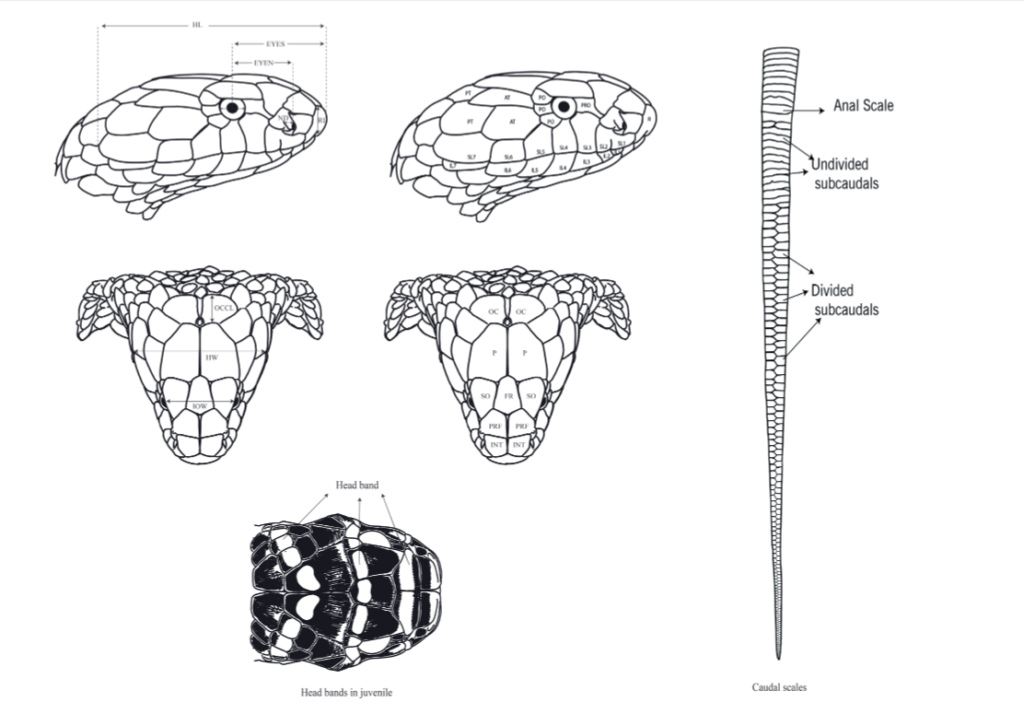
A team led by P. Gowri Shanker has answered a long-standing debate about the king cobra being a single species with many variations or that there are different species altogether.
Seeking to conclude the debate, researchers tracked 153 king cobras from various Asian countries, analysed their DNA, and compared their appearances. A pattern began to emerge: the king cobra from southern India was genetically and visually distinct.
The biologists realised they had discovered a new species: Ophiophagus kaalinga, or Western Ghats king cobra.
The Western Ghats king cobra was earlier described by a scientist in 1854 as a “magnificent snake,” which can reach up to 12½ feet in length, the study said. They have “relatively robust” bodies with “large” “flattened” heads, “dark red” tongues, and sharp fangs.

Viewed from above, the new species has a body between black and brown with several pale stripes. From below, the snakes have a stomach coloured between creamy and yellowish.

The Western Ghats king cobras are found in plains and are known to feed on other snakes, such as pit vipers, which were smaller than 1-meter, as well as other types of king cobras.
King cobra attacks are generally infrequent, but when they occur, they often cause “rapid deaths in human beings.”
Similar Posts
According to scientists, they named the new species “kaalinga” after the Kannada word “kali,” which means “dark” or “black,” and as an abbreviation of the name “Kaalinga Havu,” a reference to the Hindu god Shiva. The common name of the new species refers to the Western Ghats region where it was discovered.

So far, the Western Ghats king cobra has been found in four southwest Indian states, including Goa, Karnataka, Kerala, Maharashtra, and Tamil Nadu.
The Western Ghats, declared a UNESCO World Heritage Site, are one of the world’s highly biodiverse regions. They are home not only to the Western Ghats king cobra but also to globally threatened flora, fauna, bird, amphibian, reptile, and fish species.

However, increasing human pressure on these ecosystems poses a significant challenge. Agriculture, deforestation, and urbanisation are significant threats that could negatively impact the natural habitat of Ophiophagus kaalinga.
As an apex predator, Ophiophagus kaalinga helps maintain ecological balance, regulating ophidian populations and reducing the risk of overpopulation of species that could be dangerous to both humans and other animals.

Furthermore, due to its size and robustness, the Western Ghats king cobra has few natural predators, placing it at the top of the food chain in its habitat. However, it faces significant threats from the degradation of its natural environment. Deforestation and urban expansion in the Western Ghats are fragmenting its habitat, which could endanger the stability of its population in the long term.
The behaviour of Ophiophagus kaalinga is not aggressive by nature. These snakes prefer to avoid contact with humans and usually flee if they feel threatened. However, they can become dangerous if cornered or provoked. A chance encounter in rural areas or zones close to their habitats can lead to a defensive attack, which represents a serious risk, especially in communities that lack quick access to medical centres with antidotes.
The research team was composed of Indraneil Das, P. Gowri Shankar, Priyanka Swamy, Rhiannon Williams, Hmar Tlawmte Lalremsanga, P. Prashanth, Gunanidhi Sahoo, S.P. Vijayakumar, Jacob Höglund, Kartik Shanker, Sushil Dutta, S.R. Ganesh, and Wolfgang Wüster.
The group of scientists also discovered a second new species in the Philippines: the king cobra.

